So What’s with all the Numbers Related to a Shotgun Shell? Recently I’ve been involved in a couple of discussions about shotgun shells because of all the types of shells and sizes of shot. So, although there is already a lot of information about this on the internet, I’m going to take my turn at explaining the details about shotgun shells using a variety of information and pictures from a wide range of sources. Shotgun Shells vs Pistol/Rifle Rounds So first let’s talk about the differences between a Shotgun Shell and a Pistol/Rifle Round. As you can see from the picture below, although they both have analogous parts, a shotgun shell is significantly different from a normal round. They both have a case, but the round’s case is normally a single piece of brass or steel; the shotgun shell’s case has two pieces – a brass head to hold the primer and a plastic case to hold the powder, wad and shot. The brass can be either “High Brass” or “Low Brass” - with higher power loads more likely to have “High Brass” even though the utility of the additional brass is questionable due to the strength of today’s plastic cases. All modern shotgun shells use centerfire primers located in the bottom center of the ammunition; just like centerfire pistol/rifle rounds. In rimfire rounds the entire rim of the cartridge is essentially a percussion cap loaded with a priming compound. The wad protects the shot and ensures that there is a tight seal behind the shot to maximize the impact of the expanding gas on the shot after the trigger is pulled and the powder charge is ignited by the primer. Shotgun Shell Gauges The initial factor to consider with shotgun shells is their gauge. Gauge refers to the bore diameter of the shotgun. The gauge is equal to the number of lead balls of that bore diameter that add up to weigh one pound. For example, for a 12-gauge shotgun the diameter of a ball of lead weighing 1/12-pound would fill the bore so there are twelve 12-gauge balls per pound. For a 20-gauge the diameter of the lead ball weighing 1/20-pound would fill the bore. In general, smaller gauges are used for hunting birds and small animals, or for clay target shooting. Larger gauges are used for hunting larger game and personal defense. The most common gauge shotgun in the US is the 12 gauge, comprising ~ 50% of the overall shotgun market. The 20 gauge shotgun is next in popularity due to its prevalent use by upland game hunters. The next most popular sizes are 28 gauge and .410 bore (which is not a gauge at all - it’s actually a caliber). The 10 gauge and 16 gauge, while less common in the US, are still in use. The first picture below shows the relative sizes of different gauge barrels. The second picture shows the range of common shotgun shells based on gauges. Birdshot vs. Buckshot vs. Slugs The next factor to consider with shotgun shells is their projectiles. Although all shotgun shells have similar components, the actual projectile that shells have can vary widely. The three main types of shotgun projectiles are: (1) Birdshot, (2) Buckshot and (3) Slugs. The smallest projectiles are called Birdshot since they are most suitable for hunting birds like geese, ducks and pheasants or small game like squirrels and rabbits. Next comes Buckshot, which is good for hunting game like deer, fox and coyote up to ~60 yards. Lastly, there are slugs which are used for hunting big-game like deer and bear. Below is a photo that provides a cutaway view of birdshot, buckshot and slug shells. Shot Sizes Perhaps the most confusing item related to Shotgun shells is “shot size” since there are so many options. The smallest diameter birdshot sizes (from smallest to larger) are #9, #8, #8½ and #7½. These are the sizes you’ll traditionally see on target loads for clay shooting, but they also can be used for some upland game birds such as grouse and woodcock. The medium diameter shot sizes includes #6, #5 and #4. These work very well for pheasants, ducks, rabbits and squirrels; heavy loads will work well on turkeys too. The large shot sizes that are made of steel, #3, #2, #1, B, BB, BBB, T, F and FF shot are used for long-range waterfowl hunting since these pellets will hold their velocity and retain enough energy to kill geese and ducks at a distance. Larger sizes of shot, large enough that they must be carefully packed into the shell rather than simply dumped or poured in, are called "Buckshot" or just "buck". Buckshot is used for hunting larger game, such as deer. Buckshot runs from #4 Buck to 000 (“triple-aught”) Buck. As with birdshot sizes, the higher the number the smaller the pellet size, In addition, the more zeros in the “aught” size the larger the pellet diameter. The most commonly produced buckshot shell is a 12 gauge, 00 buck shell that holds 9 pellets. Buckshot is very effective on game like deer, fox and coyote within ~60 yards and it can make a sensible home-defense choice depending on your surroundings and situation. Below is a chart from Shotgunworld that shows the relative sizes of shotgun pellets. To give you a better feel of the size differences between shot here is a photograph that easily allows you to see the variations. A useful method for remembering the diameter of numbered shot in inches is to subtract the shot size from 17. The resulting answer is the diameter of the shot in hundredths of an inch. For example, #2 shot gives 17-2 = 15, meaning that the diameter of #2 shot is 15/100 or 0.15". B shot is .170 inches, and sizes go up in .01 increments for BB and BBB sizes. In addition to shooting a group of pellets, shotguns can also fire single projectiles called “slugs.” Slug shotguns can have a traditional smoothbore like all shotguns that fire shot pellets or can have “rifled” barrels, just like a normal rifle to spin stabilize the shotgun slug to increase accuracy after it is fired. There are several different types of slugs.
The following photo shows some of the slugs for sale in today’s market. Load If you look at a box of Shotgun shells the second to last number on a box normally shows the “load” – the weight of the shot inside each shell. The load can vary from ½ ounce to 2 ounces. Most 12-gauge shells contain 1 ounce, 1 1/8-ounce, or 1¼-ounce loads. A standard 20-gauge shell has 7/8 ounce of shot. Loads of 12 gauge 00 Buckshot are commonly available in 8 to 18 pellets in lengths from 2 3/4" to 3 1/2". Remember that the heavier the shot load, the greater the recoil. Shotgun Shell Sizes The next variable that needs to be considered when purchasing shotgun shells is the length of the shell. The second number on a box of Shotgun shells is the length of the shell. Most shotguns are chambered for 2¾-inch or 3-inch shells, with some guns being chambered at 3½ inches. However, to add to the confusion, the length of a shotgun shell specified on the box (e.g. 2¾”, 3" or 3 ½”) actually refers to the total length of the shotshell when the crimp is open (meaning either before the shell is loaded or after it has been fired). Because of this a 2¾” shell is actually between 2 ¼” and 2 3/8” in length when loaded. 3" shells are actually between 2½” and 2 ¾” when loaded, and 3½” shells are normally between 3" and 3¼“ Consequently the length stated on the box (e.g. 2¾”, 3" or 3 ½”) really refers to the chamber length of the gauge of the shotgun that the shotshell can be safely fired in. Check your owner’s manual to verify what maximum shell length your gun will accommodate. Shells that are shorter may be safely used, but using longer shells is extremely dangerous because the crimp won’t be able to fully open when the shell is fired. This can result in an extreme pressure build-up that could damage or even explode your barrel. The following photo shows the wide range of variability between 2¾” to 3½” shells from .410 to 8 gauge. This photo shows the wide range of shotgun shells – birdshot, buckshot, slugs of varying sizes and shell lengths. Lead vs. Steel, Tungsten and Bismuth Shot Lead shot is still the best ballistic performer, but environmental restrictions on the use of lead, especially with waterfowl, require steel, bismuth, or tungsten composites. Steel, being significantly less dense than lead, requires larger shot sizes, but is a good choice when lead is not legal and cost is a consideration. Some people argue that steel shot cannot safely be used in some older shotguns without causing damage to either the bore or to the choke due to the hardness of steel shot. However, the increased pressure in most steel cartridges is a far greater problem, causing more strain to the breech of the gun. Since tungsten is very hard, it must be used with care in older guns. Tungsten shot is often alloyed with nickel and iron to softening the shot. This alloy is approximately 1/3 denser than lead, but far more expensive. Bismuth shot falls between steel and tungsten shot in both density and cost. The rule of thumb in converting appropriate steel shot is to go up by two numbers when switching from lead. However, there are different views on dense patterns versus higher pellet energies. Recommended Shell Sizes for Hunting
So what do you do with all this information? Well, you select what shotgun shell to use based on what you are hunting or shooting. For hunting, shot size must be chosen not only for the range, but also for the type of game. The shot must reach the target with enough energy to penetrate to a depth sufficient to kill the game. As previously mentioned, the smallest birdshot sizes (#9, #8 and #7½) are good for clay target shooting and small game birds such as grouse and woodcock. Medium sized shot (#6, #5 and #4) work well for pheasants, ducks, rabbits and squirrels. Large steel shot sizes (#3, #2, #1, B, BB, BBB, T, F and FF) are good for long-range waterfowl hunting. Slugs are used for hunting big-game like deer and bear. Here’s a comprehensive chart showing what size shell, gauge and load to use for various game.
5 Comments
Will
7/12/2020 01:33:11
Thank you for this overview, one of the best I have seen.
Reply
Pete
7/30/2020 21:05:12
AS A LONGTIME SHOTGUN OWNER, I FOUND THE INFO EXTREMELY BENEFICIAL. TKS.
Reply
Jerry Garza
12/27/2023 10:02:25
Really good information. Is it possible to email me a copy of this in an pdf format so I can print it out. Thank you
Reply
Leave a Reply. |
What's On This Page?Here's where we post reviews, questions, answers, thoughts and other information that's of general interest to our followers in a blog format. Categories
All
Archives
August 2023
|
|
|
Copyright 2016-2024 Hiking, Camping and Shooting |
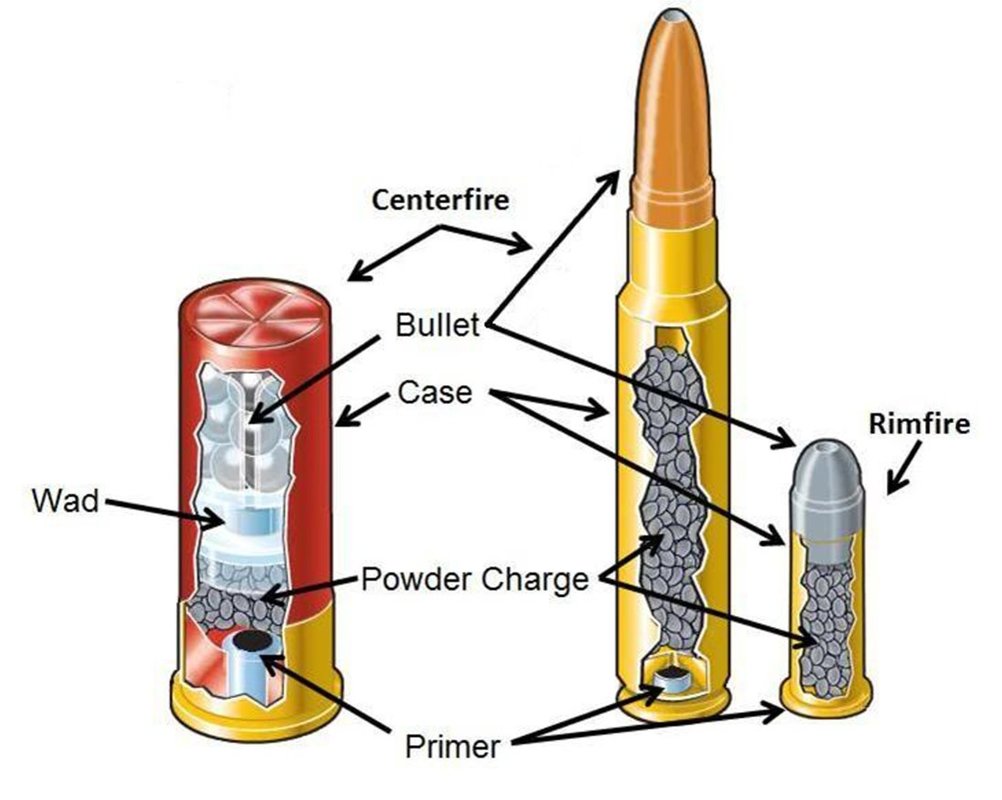
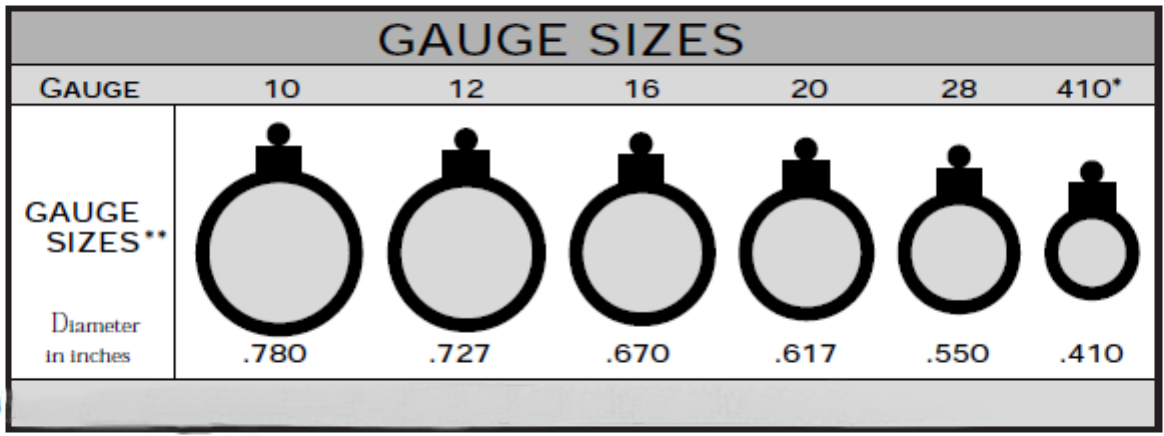
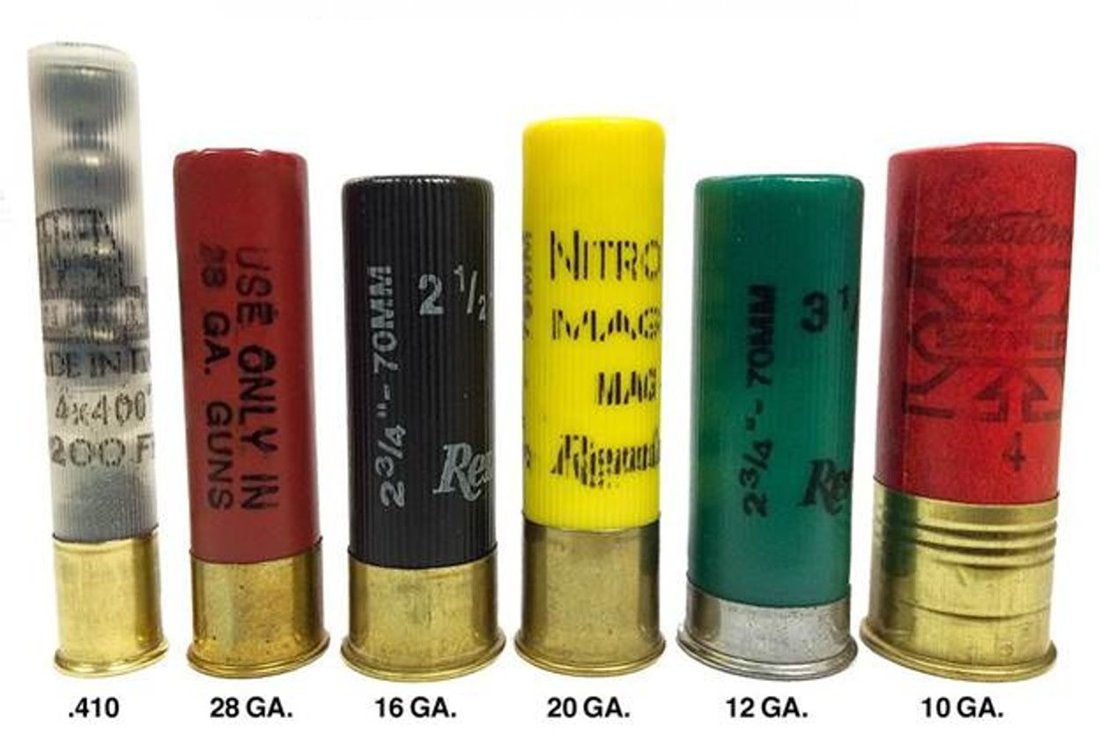
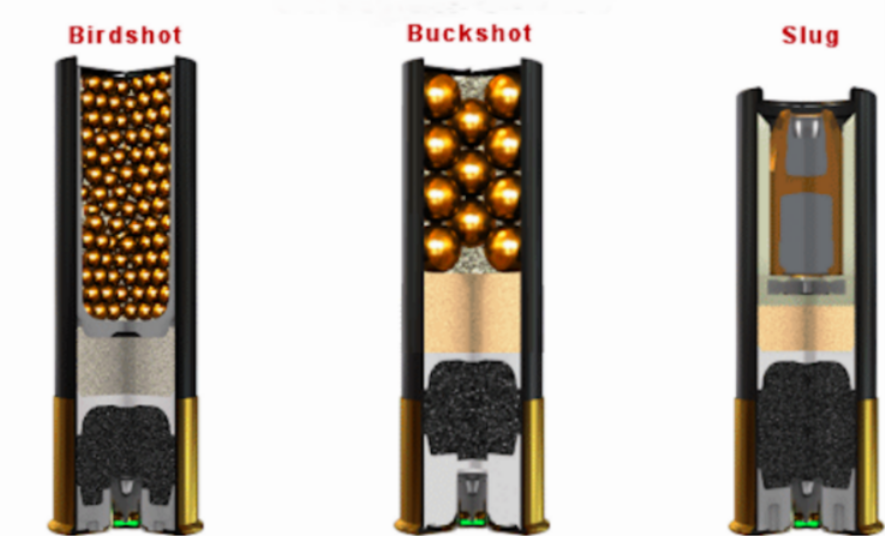
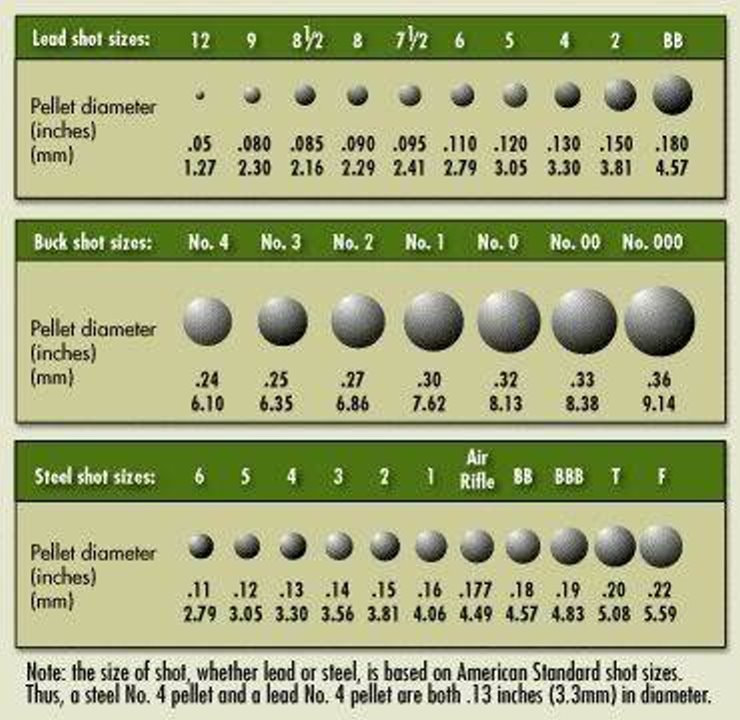
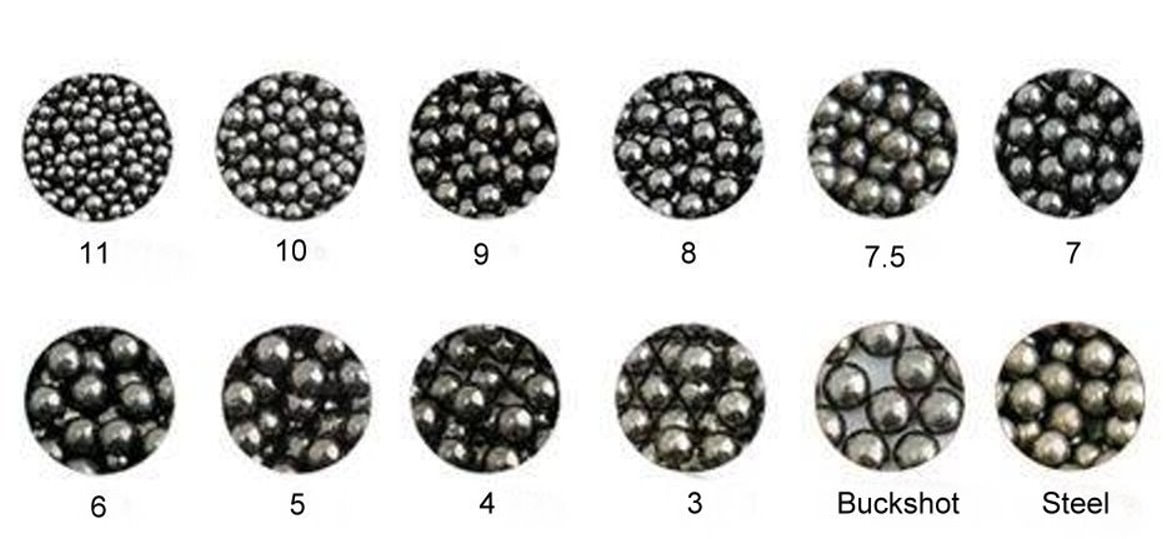
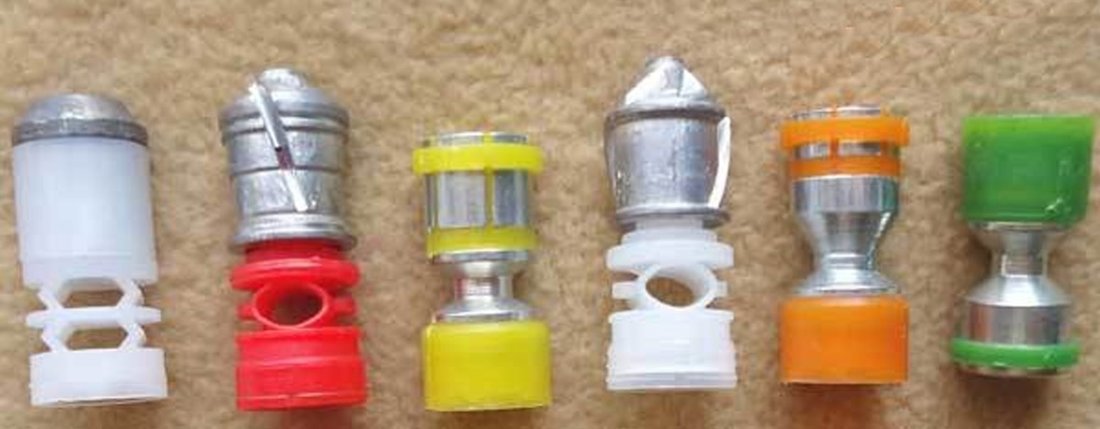
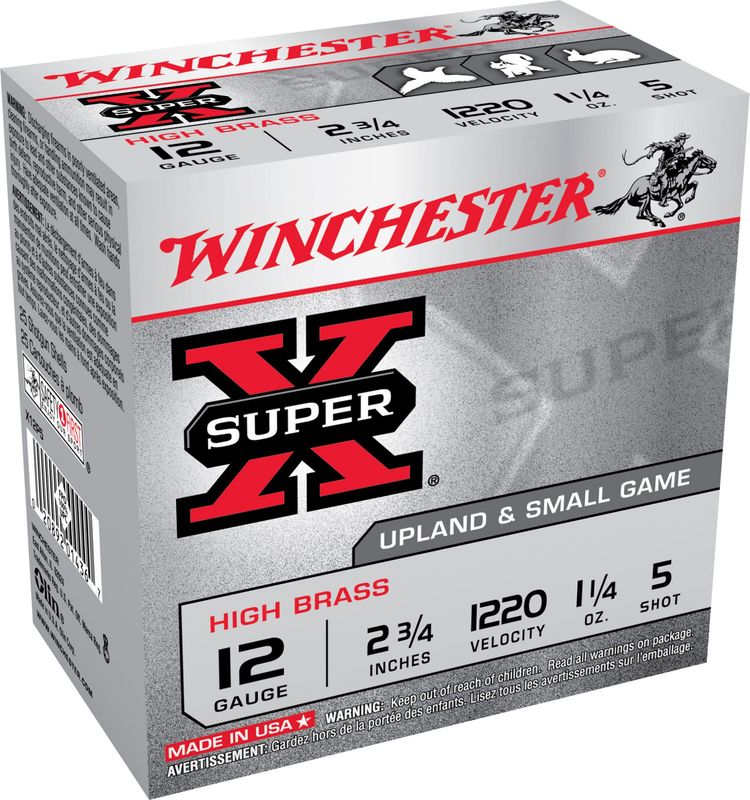
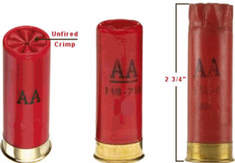


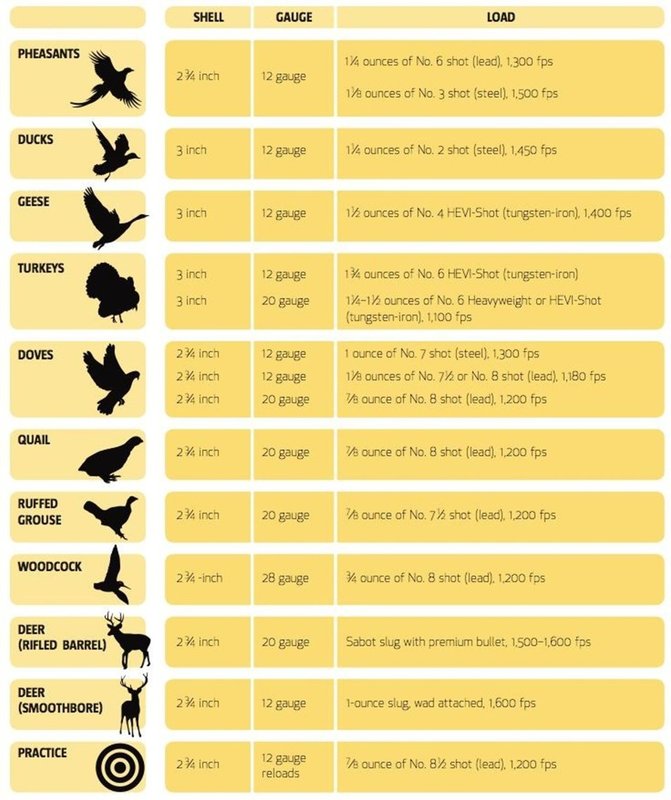
 RSS Feed
RSS Feed